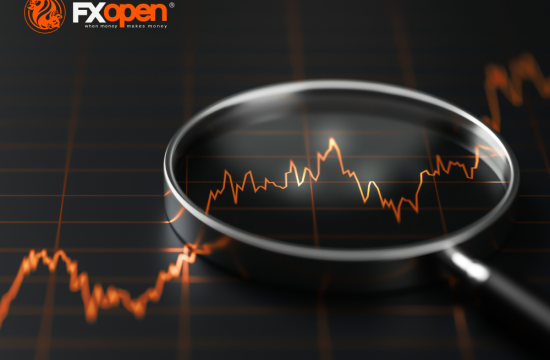The Aussie dollar (AUD) and the US dollar (USD) is one of the most commonly traded pairs of currency in the world. When new figures at the start of June showed that the AUD has gained an incredible 5.0% against the USD, it confirmed signs that the Australian dollar is continuing to rally against its competition. In fact, the AUD has recently gained on all of its key rivals, including Sterling and the Euro.
On June 1st, the Australian dollar was the world’s top performing major currency, with an AUD/USD exchange rate of 0.6733. This has since peaked at 0.70130 – a figure that hasn’t been reached since the start of January 2020.
From professional forex brokers, to amateur investors on the search for a scalping guide, the resilience of the AUD must seem remarkable to the majority of foreign exchange traders. The article will examine the Australian dollar’s relationship with the US dollar and explore whether we’re likely to see its rallying trend continue.
AUD/USD enjoys high liquidity
According to the International Bank of Settlements, USD is the most frequently traded currency on the foreign exchange market, accounting for an incredible 88% of daily forex transactions. (The total volume of daily transactions is more than $5 trillion).
Meanwhile, AUD also ranks highly, as the fifth most frequently traded currency that’s responsible for 7% of the daily FX transactions. As a pair, AUD/USD has a high level of liquidity, which appeals to so-called ‘intraday’ investors who trade on a day-to-day basis. While some traders study long-term forex trends, these investors typically aim to make profits based on short-term market fluctuations.
The AUD’s recent rallying trend has in part been a result of speculative short covering. Shifts in the pair’s exchange rate have encouraged traders to attempt to profit, driving the trend yet further.
AUD/USD is a commodity coupling
Both the United States of America and Australia have what’s known as ‘commodity currencies’. This means that the AUD and USD are typically bolstered when the prices of various commodities increase.
However, the AUD and USD are not affected by the same commodities in the same ways. AUD tends to benefit from increases in the price of both iron ore and gold (Australia is the third largest gold producer in the world). USD, on the other hand, has an inverse relationship with the price of gold – meaning that when one increases, another decreases.
With the price of gold currently set at over 2,000 AUD per ounce, and the trading prices of iron ore seeing an unexpected surge, the Aussie dollar’s recent gains against the US dollar can partially be put down to the state of its commodities.
The volatility of the foreign exchange markets makes it incredibly difficult to predict whether these AUD gains are likely to continue as we enter Q3 of 2020. In a shifting global atmosphere, it remains to be seen whether the optimism of the Reserve Bank of Australia – which has recently fixed its 3-year bond rate at 0.25% – is justified or not.












